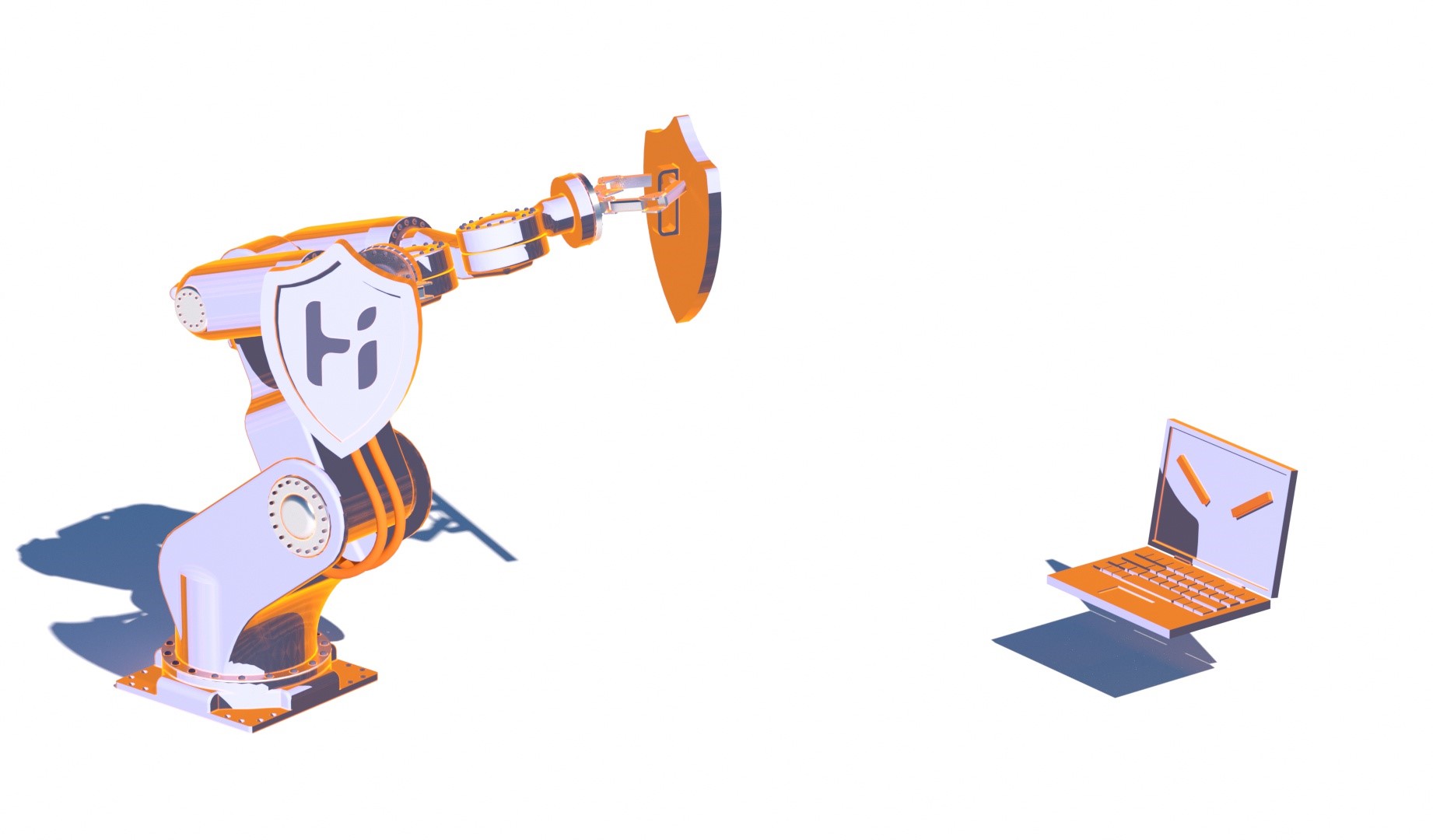What is Cybersecurity?
Cybersecurity refers to the practice of protecting systems, networks, and data from cyber attacks, unauthorized access, and damage. With more devices connected to the internet, from smartphones to industrial machinery, ensuring robust cybersecurity measures is crucial to safeguard sensitive data and operational integrity. The increased use of machinery operated with safety software and remote connections can lead to hazardous situations if vulnerabilities are exploited.
Why Cybersecurity is important for machinery ?
Cybersecurity is critical for machinery because modern equipment often relies on interconnected digital control systems that, if compromised, can lead to dangerous malfunctions. Regulation (EU) 2023/1230 explicitly addresses this through essential requirements such as:
- Annex III, paragraph 1.1.9 Protection against corruption, which mandates that machinery software must be protected from intentional or unintentional corruption.
- Additionally, Annex III, paragraph 1.2.1 Safety and reliability of control systems, requires that control systems function correctly under all foreseeable conditions, including cybersecurity threats.
A breach could result in unauthorized commands, disabling of safety functions, or manipulation of critical data posing serious risks to both operators and the environment. The following section lists the detailed requirements for each aspect.

Protection against corruption:
- Machinery should be designed so connecting to other devices doesn't cause any danger.
- Hardware sending important signals or data must be protected from tampering.
- The machinery should track any changes made to hardware used to connect to a software component that is critical for the compliance.
- Important software and data should be clearly marked and protected from being altered.
- The machinery should be able to show what software is installed to ensure safe operation.
- The machinery should track any changes or tampering with the software.
Safety and reliability of Control systems
The overall system and machinery should be immune of:
- Operating stresses, external influences, and malicious attempts that could lead to hazardous situations.
- Faults in hardware or logic that could cause dangerous outcomes.
- Logic errors in the control system that may result in hazards.
- Unsafe modifications to safety settings or rules, including during learning phases.
- Human errors during operation that could create hazardous situations.
- Data loss related to safety software interventions, with logs maintained for five years.
Systems with self-evolving behaviour or logic that are designed to operate with varying levels of autonomy should not:
- Perform actions beyond their defined tasks or movement limits.
- Contain gaps in recording safety-related decision-making data. Data should be retained for one year.
- be unable to correct itself to maintain safety.
Additionally, the system should be immune to:
- Unexpected starts of machinery.
- Uncontrolled changes in parameters that may lead to hazards.
- Unsafe modifications to settings or rules during operation or learning phases.
- Failure to stop machinery when a stop command has been issued.
- Falling or ejecting of any moving part or object held by the machinery.
- Preventing the stopping of moving parts, whether automatic or manual.
- Failure of protective devices to function or send stop commands.
- Inconsistent application of the safety control system across all parts of the machinery assembly.
Wireless control system should be safe from:
- Communication or connection failures that may result in hazardous situations.
Key Components and Practical Implementation of Cybersecurity
Essential steps to address IT-security over the whole life cycle of the machine
- Identify – Determine potential IT-security threats, vulnerabilities, and critical assets.
- Protect – Implement countermeasures to prevent or minimize the impact of security attacks.
- Detect – Establish measures to quickly identify the occurrence of IT-security incidents.
- Respond – Take action to contain, mitigate, and recover from detected security incidents.
- Recover – Restore systems and operations affected by security incidents to normal functioning.
The Future of Cybersecurity
As technology continues to evolve, so do cyber threats. Staying ahead of these risks demands constant vigilance, adaptability, and a proactive approach to security. To better understand the landscape of cybersecurity, two key regulations currently shape the framework:
- REGULATION (EU) 2019/881 (Cybersecurity Act)
- REGULATION (EU) 2024/2847 (Cyber Resilience Act)
By embedding robust cybersecurity practices into your daily operations and staying alert to emerging threats, you can better safeguard your interconnected digital life.